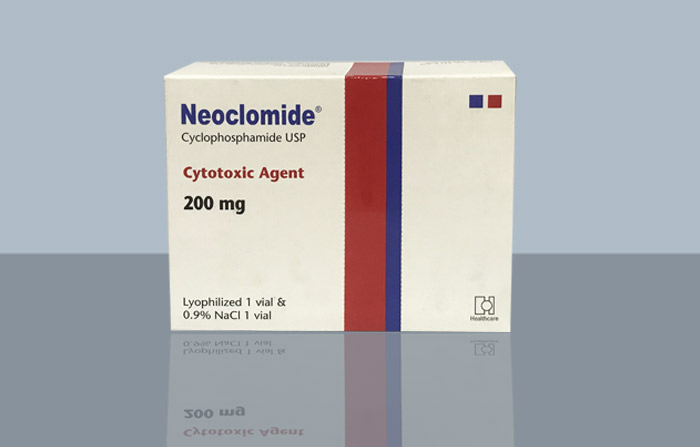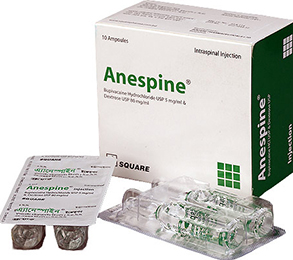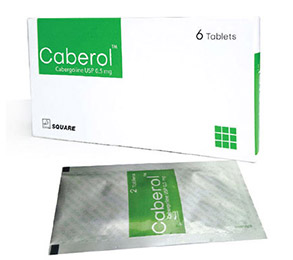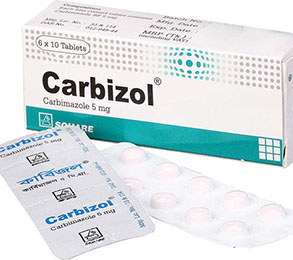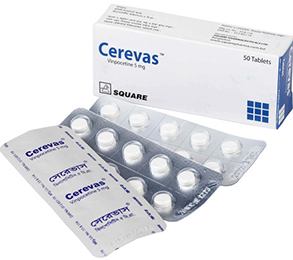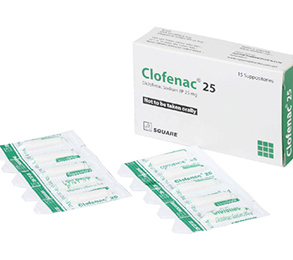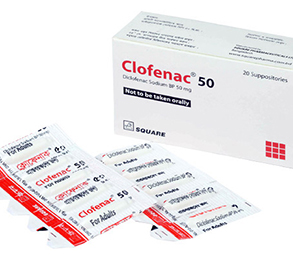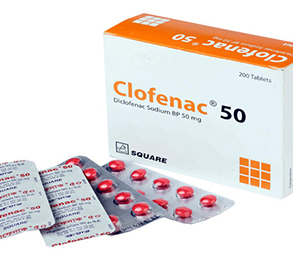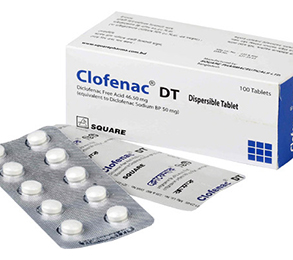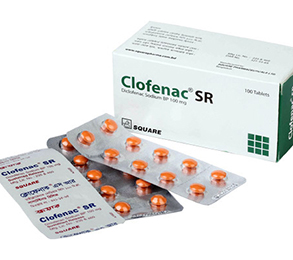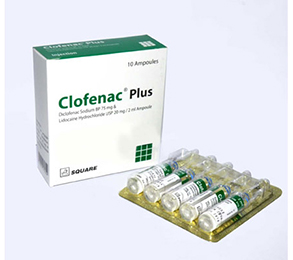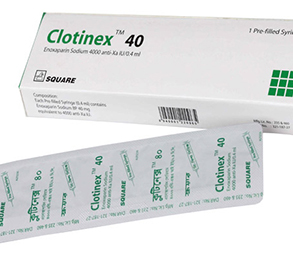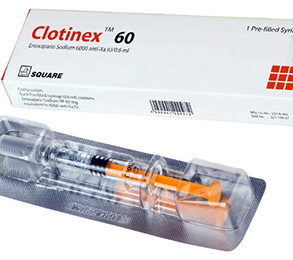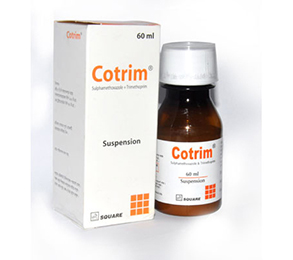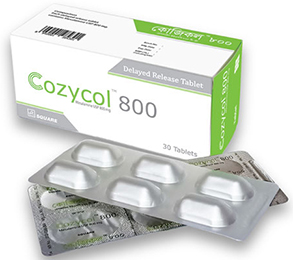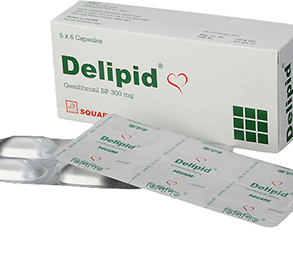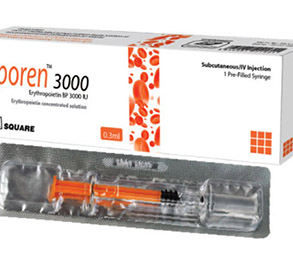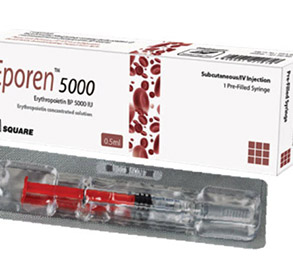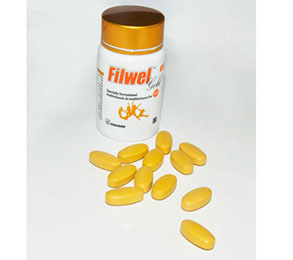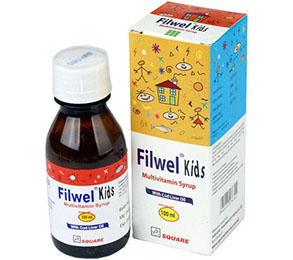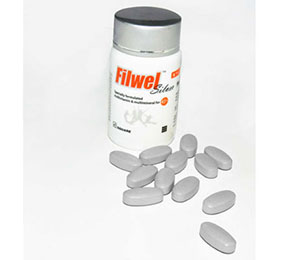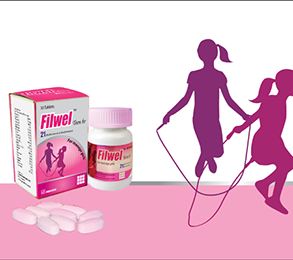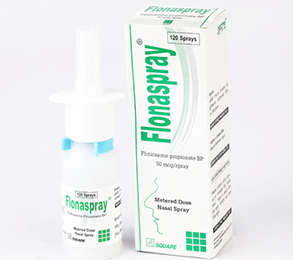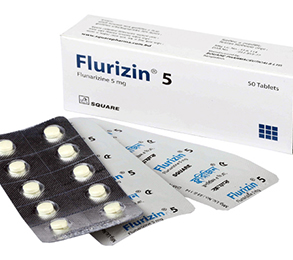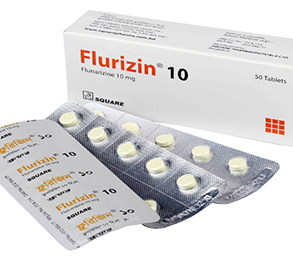Neoclomide 200mg Inj 1 Pcs
Alternative products
Cyclophosphamide
Indications
Malignant Diseases:
Cyclophosphamide is indicated for the treatment of:
- Malignant lymphomas (Stages III and IV of the Ann Arbor staging system), Hodgkin's disease, lymphocytic lymphoma (nodular or diffuse), mixed-cell type lymphoma, histiocytic lymphoma, Burkitt's lymphoma
- Multiple myeloma
- Leukemias: chronic lymphocytic leukemia, chronic granulocytic leukemia (it is usually ineffective in acute blastic crisis), acute myelogenousand monocytic leukemia, acute lymphoblastic (stem-cell) leukemia (cyclophosphamide given during remission is effective in prolonging its duration)
- Mycosis fungoides (advanced disease)
- Neuroblastoma (disseminated disease)
- Adenocarcinoma of the ovary
- Retinoblastoma
- Carcinoma of the breast
Cyclophosphamide, although effective alone in susceptible malignancies, is more frequently used concurrently or sequentially with other antineoplastic drugs.
Minimal Change Nephrotic Syndrome in Pediatric Patients:
Cyclophosphamide is indicated for the treatment of biopsy proven minimal change nephrotic syndrome in pediatrics patients who failed to adequately respond to or are unable to tolerate adrenocorticosteroid therapy.
Therapeutic Class
Cytotoxic Chemotherapy
Pharmacology
Cyclophosphamide is a prodrug which is converted in the body to the active metabolites. It acts at any stage of the cell cycle. It prevents cell division by cross-linking deoxyribonucleic acid (DNA) strands and reducing DNA synthesis. It also exerts a potent immunosuppressive effect.
Dosage
Intravenous (Adult)-
Malignancies:
- Low dose regimen: 2-6 mg/kg wkly as a single dose;
- Moderate dose regimen: 10-15 mg/kg wkly as a single dose;
- High dose regimen: 20-40 mg/kg as a single dose every 10-20 days.
Alternatively,
- 80-300 mg/m2 daily as a single dose, or
- 300-600 mg/m2 wkly as a single dose, or
- 600-1,500 mg/m2 as a single dose or
- Short infusion at 10- to 20-day intervals.
Oral (Child)-
Nephrotic syndrome:
- 2 mg/kg daily for 8-12 wk.
- Max cumulative dose: 168 mg/kg.
- Max duration: 90 days.
Oral (Adult)-
Malignancies:
- Low dose regimen: 2-6 mg/kg wkly in divided dose.
- Alternatively, 100-300 mg daily in divided doses, or
- 50-250 mg/m2 daily or 80-300 mg/m2 daily in divided doses.
* চিকিৎসকের পরামর্শ মোতাবেক ঔষধ সেবন করুন'
Administration
Should be taken on an empty stomach. Preferably taken on an empty stomach, but may be taken with meals to minimise GI irritation. Ensure adequate fluid intake. Swallow whole.
* চিকিৎসকের পরামর্শ মোতাবেক ঔষধ সেবন করুন'
Interaction
Increased risk of cardiotoxicity with doxorubicin or other cardiotoxic drugs. May increase incidence of mucositis with protease inhibitors. May increase haematotoxicity and/or immunosuppression with ACE inhibitors, natalizumab, paclitaxel, thiazide diuretics, zidovudine. May increase pulmonary toxicity with amiodarone. May increase nephrotoxicity with amphotericin B. May result to acute water intoxication with indometacin. May increase risk of hepatotoxicity with azathioprine. May increase incidence of hepatic veno-occlusive disease and mucositis with busulfan. May increase risk of haemorrhagic cystitis with previous or concomitant radiotherapy. May result to acute encephalopathy with metronidazole. May increase risk of thromboembolic complications. May alter the effect of warfarin. May increase immunosuppressive effect of ciclosporin. May result to prolonged apnoea with depolarising muscle relaxants (e.g. suxamethonium).
Contraindications
Patient with bone marrow aplasia, urinary outflow obstruction, UTI, acute infection, drug- or radiation-induced urothelial toxicity. Pregnancy.
Side Effects
Alopecia, skin and nails hyperpigmentation, nausea and vomiting, mucositis, inappropriate antidiuretic hormone secretion, carbohydrate metabolism disturbances, gonadal suppression, interstitial pulmonary fibrosis.
Pregnancy & Lactation
Pregnancy Category D. There is positive evidence of human foetal risk, but the benefits from use in pregnant women may be acceptable despite the risk (e.g., if the drug is needed in a life-threatening situation or for a serious disease for which safer drugs cannot be used or are ineffective).
Precautions & Warnings
Patient with DM, severe immunosuppression, acute porphyria, pre-existing CV disease or those at risk for cardiotoxicity. Renal and hepatic impairment. Lactation.
Overdose Effects
Symptoms: Urotoxicity, myelosuppression, cardiotoxicity (including cardiac failure), stomatitis, veno-occlusive hepatic disease.
Management: Supportive treatment. May consider haemodialysis. Cystitis prophylaxis with mesna may be useful for urotoxicity.
Reconstitution
Reconstitute with 25 mL for a 500 mg vial, 50 mL for a 1,000 mg vial or 100 mL for a 2,000 mg vial to a concentration of 20 mg/mL using NaCl 0.9% for direct IV push, or NaCl 0.9% or sterile water for inj for IV infusion. Gently swirl to mix. For IV infusion, dilute further with dextrose 5% in water, NaCl 0.45% or dextrose 5% and NaCl 0.9% inj to a minimum concentration of 2 mg/mL.
Storage Conditions
Store at or below 25°C.
- Type Injection
- Tag
- Morbi leo risus
- Porta ac consectetur ac
- Vestibulum at eros
